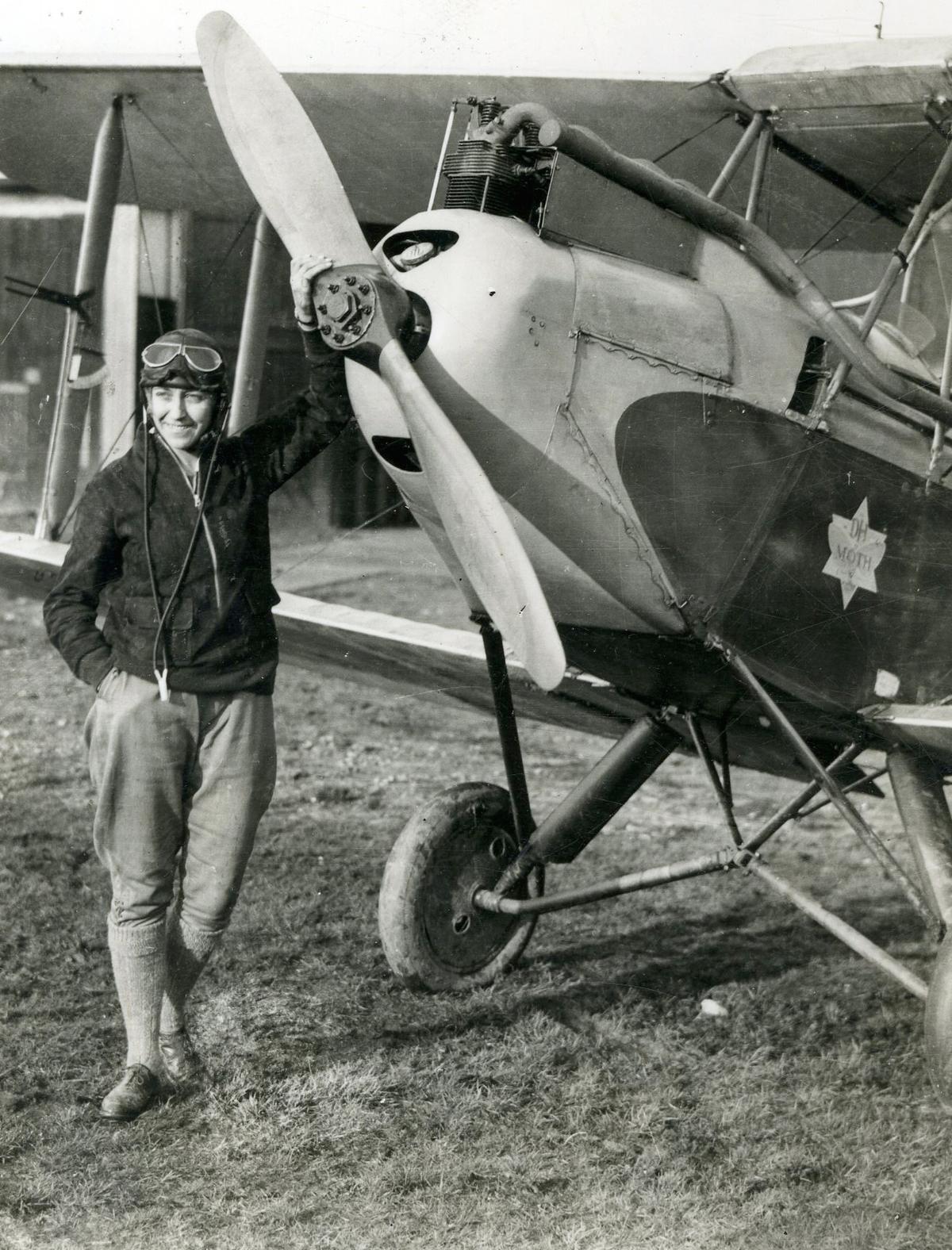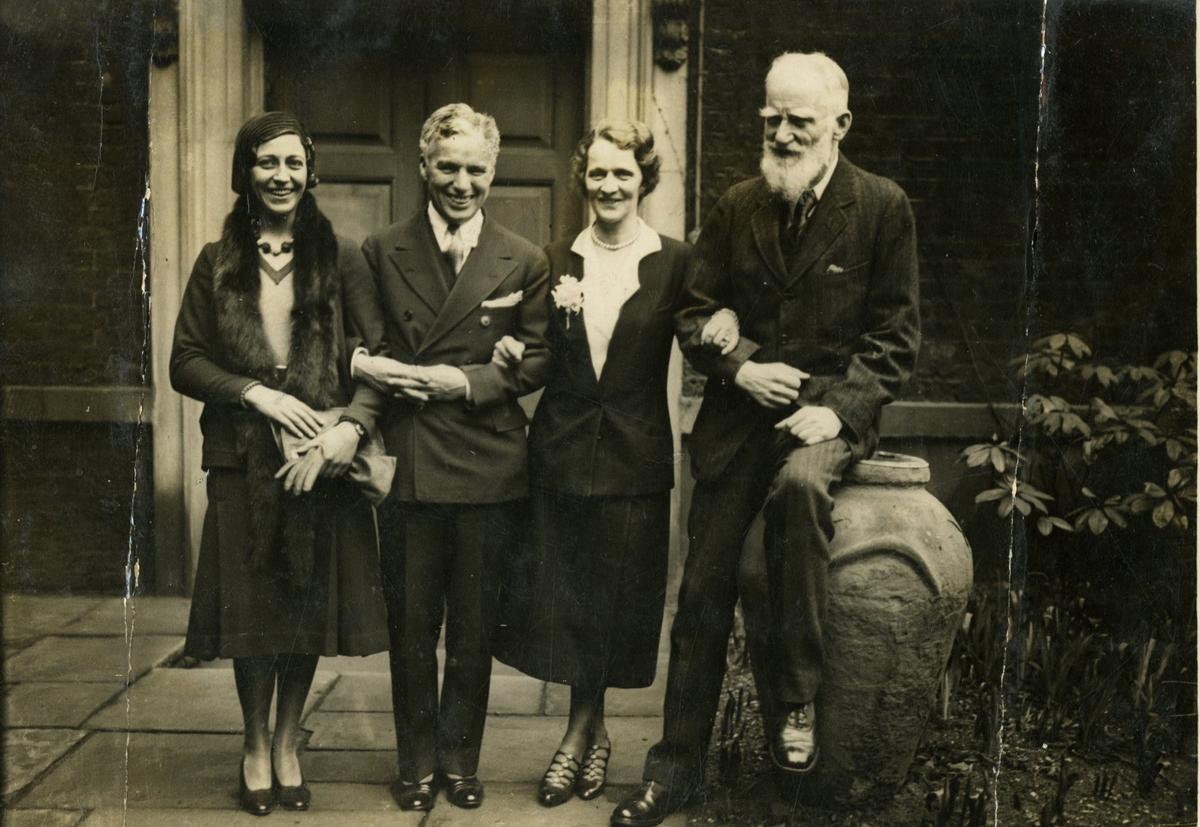Who is Amy Johnson?
A pioneering aviator, Amy Johnson was the first woman to fly solo from England to Australia. She achieved this in a little less than 20 days, as her flight lasted from May 5 to May 24 in 1930. It was the first of several other record-breaking flights for Amy, who went on to become one of the most influential and inspirational women of the 20th Century.
The eldest of four sisters, Amy – born on July 1, 1903 – grew up in Hull, England, where her father ran a fish export and import business. After studying at Sheffield University, Amy moved to London, where she worked as a typist for a firm of solicitors.
For reasons that we know not, Amy took a bus ride to Stag Lane Aerodrome in North London on a Sunday afternoon in 1928. That bus ride might have been the most important of her life as it turned her life upside-down, setting her out on a career path that would prove to be her calling. As the primitive biplanes took off and landed, Amy was spellbound and before long, she was spending all her spare time at the aerodrome.
Amy Johnson in her flying suit.
| Photo Credit:
THE HINDU ARCHIVES
A string of firsts
Bear in mind that the 1920s was a time when flying was dominated by the wealthy and famous. The few female pilots who were around were mostly the titled women. Not one to be deterred, Amy became a member of the London Aeroplane Club and sought flying lessons, backed by a supportive father.
Flying didn’t come naturally to Amy. In fact, her first instructor reportedly told her that she would never be an aviator. It took her 16 hours of dual flying – twice what was considered normal – before she could embark on solo flights. By July 1929, however, Amy had got her pilot’s license.
While she wasn’t a born flier, she was definitely a “born engineer,” a sentiment echoed by the club’s chief mechanic Jack Humphreys. At a time when it was unusual for women to learn to fly, Amy went a step further and learned from Humphreys as to how to maintain an aircraft. She became the first British woman to earn a ground engineer’s license later that same year.
Following her historic flight from England to Australia that saw her become the first woman to fly solo between those two destinations in 1930, Amy cemented her place in aviation history with more record-breaking flights. This included one with Humphreys in July-August 1931, when the duo flew to Tokyo, setting record times to both Moscow and Japan. Following her marriage to Scottish pilot Jim Mollison in 1932, she was at it again, flying solo from London to Cape Town, South Africa in 1933 in record time – a record that she took back in 1936 in her last major flight.

On an airfield in Croydon on May 5, 1930, 26-year-old Amy Johnson stands beside her tiny Gipsy Moth airplane. Only her father and a couple of friends were there to wave goodbye. Nineteen days later, on May 24th, she landed in Australia and was welcomed by huge crowds.
| Photo Credit:
THE HINDU ARCHIVES
The couple known as the “flying sweethearts” attempted a long distance record by flying across the Atlantic from Wales to New York. Even though they crash landed short of their target at Connecticut and both were injured, they were given a huge ticker-tape welcome at New York. The duo got to meet President Franklin Roosevelt and also became friendly with American aviator Amelia Earhart.
For someone to whom flying had given so much, Amy’s demise too came through flying. Following their divorce in 1938 and a brief stint as a commercial pilot, Amy began reconsidering her public role during the onset of World War II as she had by then ventured into businesses, journalism, and fashion.
She decided to contribute to the war effort and joined the newly established Air Transport Auxiliary (ATA) that was involved in moving aircraft from factories to air bases. Amy died during one such routine ATA mission, even though there are speculations as to what exactly happened as she was so far off course. These range from being part of a secret mission, to the more mundane theory that she simply got lost and had run out of fuel. Amy died on January 5, 1941, aged just 37.
The historic flight
In 1928 – the same year Amy had found her calling – Australian aviator Bert Hinkler set the record for flying solo from England to Australia, achieving it in 15.5 days. Soon after she learnt to fly, Amy dared to break this record.
It was a daring dream as the longest flight she had attempted was a distance of 290 km from Stag Lane Aerodrome to Hedon Aerodrome, Hull. If she had to achieve the challenge she was setting out for herself, she had to travel 17,700 km!
Following a long campaign during which she raised funds and secured financial backing, she set out from Croydon Airport on May 5, 1930 in a second-hand Gypsy Moth bi-plane that she called Jason. Without radio links to ground stations and reliable information about weather conditions, Amy braved it all, navigating using a compass, some basic maps, and a ruler that she used to plot the most direct routes.
Such direct routes, however, took her over some inhospitable terrains. There were plenty of incidents throughout her journey as mountain ranges, desert sandstorms, hostile tribesmen, tropical storms, and shock waves from a volcanic eruption all made their presence felt during her flight.
Among the many incidents was her forced emergency landing in Jhansi, India, on May 11 as she had drifted off course and was running out of fuel. Having somehow managed to land her plane between two barracks, Amy found help from the army officers and Jhansi locals. They had her aircraft repaired by the following morning and having enjoyed a night’s rest in a bungalow – a luxury not afforded to her during most of the rest of the journey – Amy set off again, first to Calcutta and then to other places as she continued her solo flight.
On May 24, 1930, Amy landed in Darwin, Australia and was received by a huge crowd as she had become a worldwide celebrity by then. In her own eyes, however, she had failed to break Hinkler’s mark as she had required 19.5 days for the journey – four days more than what it took Hinkler. Mechanical difficulties and weather conditions had played a part in that.

Amy Johnson (left), the famous airwoman, with Charlie Chaplin (second from left), Lady Astor (second from right) and George Bernard Shaw in the garden of Lady Astor’s London residence after a luncheon.
| Photo Credit:
The Hindu Archives
King George V and Queen Mary congratulated her, as did British Prime Minister Ramsay MacDonald. They sang songs about her, fan mails poured in, and she was treated like a superstar. A million people lined up the parade route in London when she was driven through the streets in an open-topped car following her return to England in August 1930. There were 3,00,000 people to welcome her at Hull, her home city. Amy’s life was never the same again as she was constantly under public scrutiny.
Published – May 04, 2025 12:53 am IST


